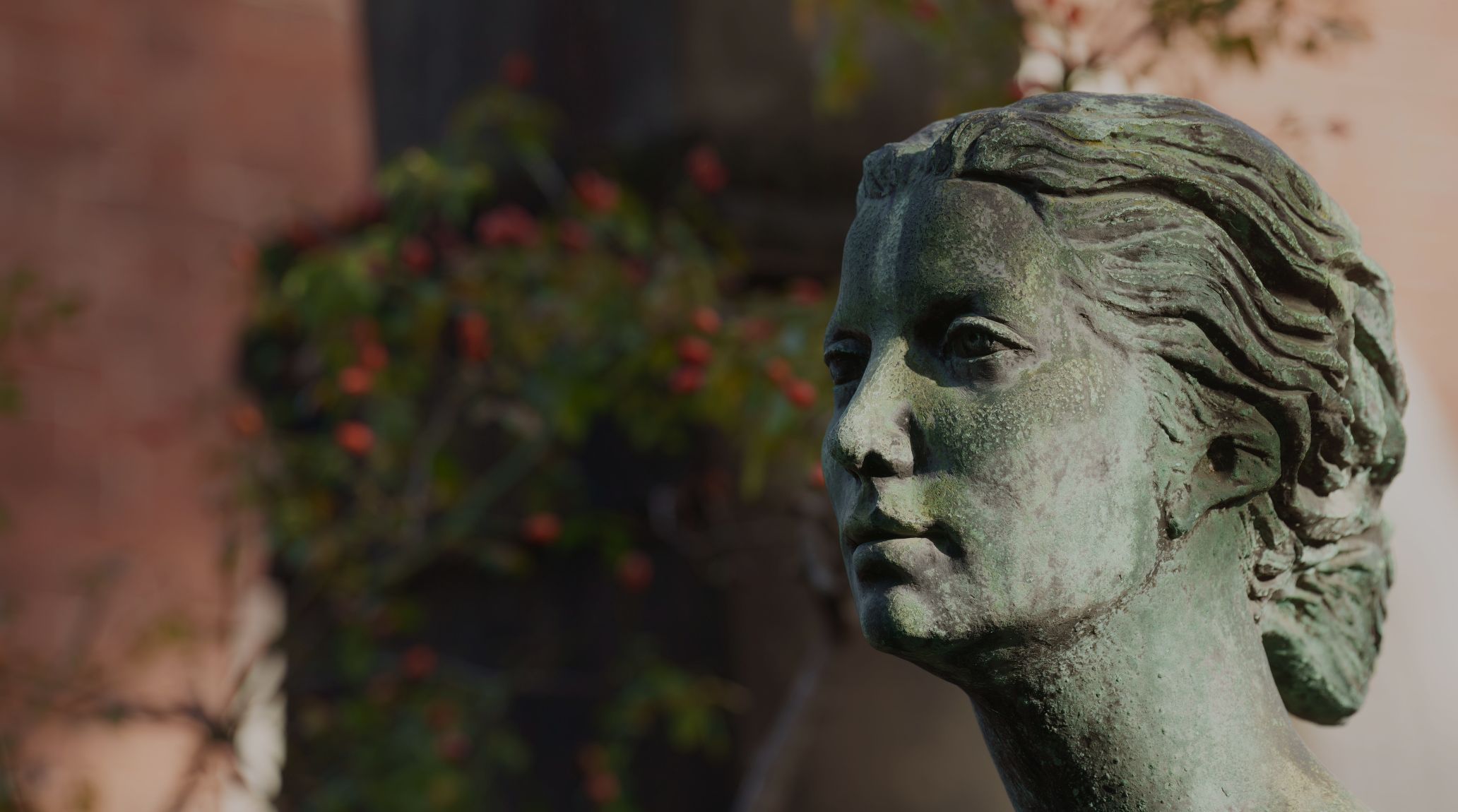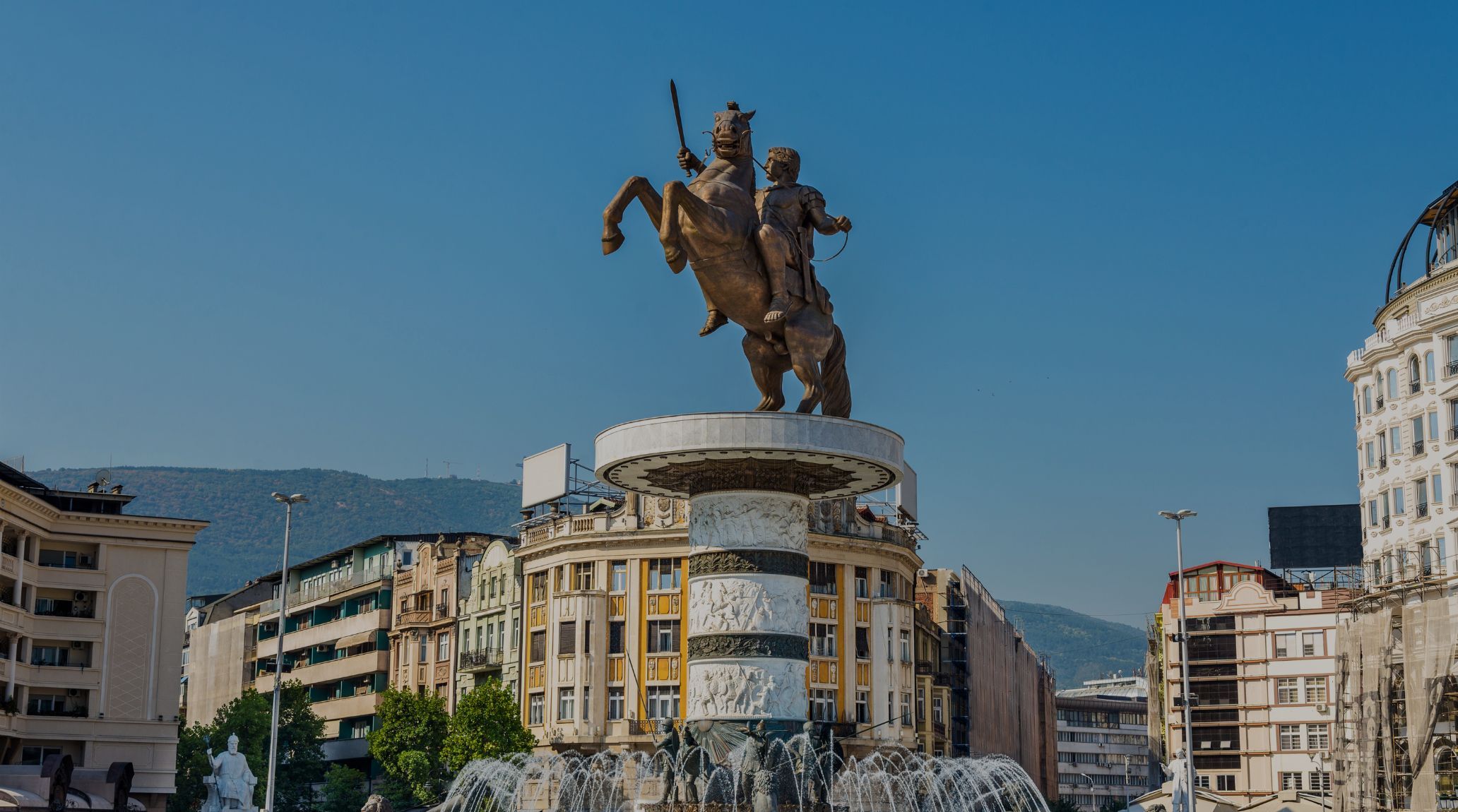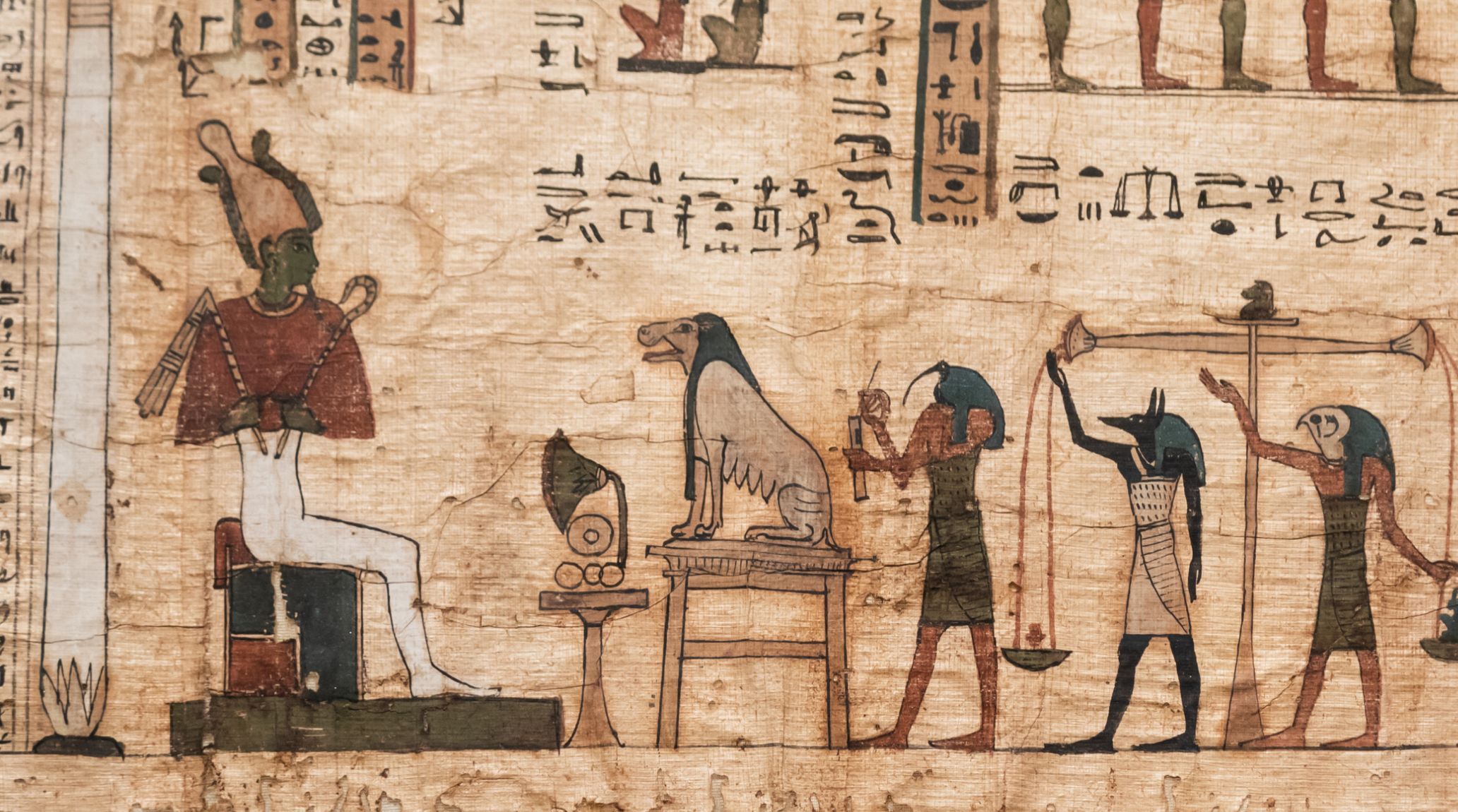
“
The world of Ancient Egyptian Religion is both fascinating and complex. In this article, we explore 20 amazing facts about Ancient Egyptian Religion, from its mythological stories to its ceremonial practices, providing a comprehensive look into this ancient spiritual tradition.1
1
1
”
Ancient Egyptians practiced polytheism, worshiping a vast array of gods and goddesses. Each deity had specific attributes, roles, and myths, reflecting various aspects of life and nature. About 1,500 deities are known. 1
Pharaohs were considered divine rulers, intermediaries between gods and people. They were believed to maintain maat, or cosmic order, and their divine right was crucial for societal stability. 2
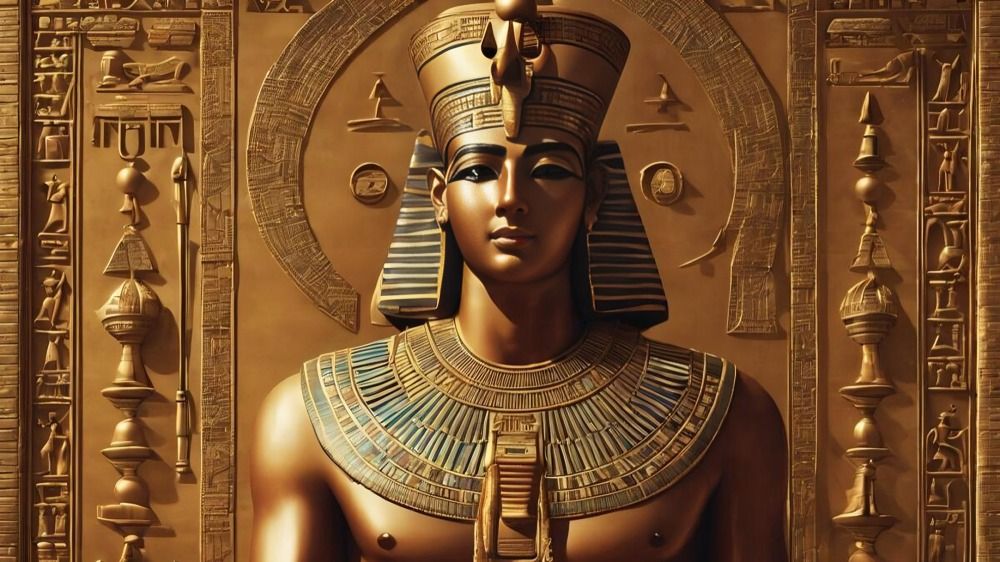
Key creator gods included Atum, who created himself and then the first gods, and Ra, the sun god, who traveled across the sky in his solar barque each day.
The afterlife was central to Egyptian religion, with beliefs centered on eternal life and the judgment of souls. The "Book of the Dead" provided guidance for the deceased to navigate the underworld. 3
Osiris, the god of the afterlife, was associated with resurrection and eternal life. His myth involved his death, resurrection by his wife Isis, and judgment of souls. 4
Temples were the primary places of worship and religious rituals. They housed statues of deities and were managed by priests who performed daily offerings and ceremonies. 5
Deities like Horus, the falcon-headed god of the sky, and Hathor, the cow goddess of fertility and motherhood, represented natural phenomena and were worshiped in various forms. 6
Hieroglyphics were used to inscribe religious texts and spells on tombs and monuments. They played a key role in recording and perpetuating religious beliefs.7
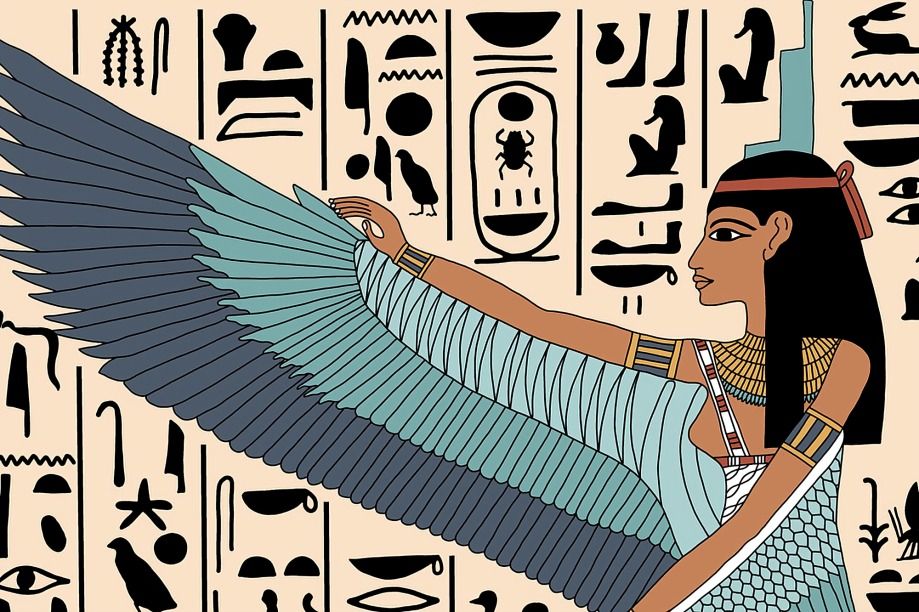
Isis was a goddess known for magic and healing. People worshiped her to stay safe and healthy. Her influence helped both individuals and communities feel protected and cared for.
Many Egyptian deities were associated with animals, reflecting their divine attributes. Bastet, the cat goddess, symbolized home and fertility, while Sobek, the crocodile god, represented the Nile. These associations underscored the divine connection to nature.8
The Ennead was a group of nine deities worshipped in Heliopolis, including Atum and his descendants. They represented the creation and organization of the cosmos. This group illustrated the structured nature of divine order. 9
This funerary text contained spells and instructions for the deceased's journey through the underworld. It was intended to help the soul navigate obstacles and achieve a favorable judgment. The text was crucial for securing a place in the afterlife. 10
Maat was the goddess of truth, justice, and cosmic order. Her principles were essential for maintaining balance and harmony in both divine and earthly realms. Adhering to maat was vital for ensuring societal and personal stability. 11
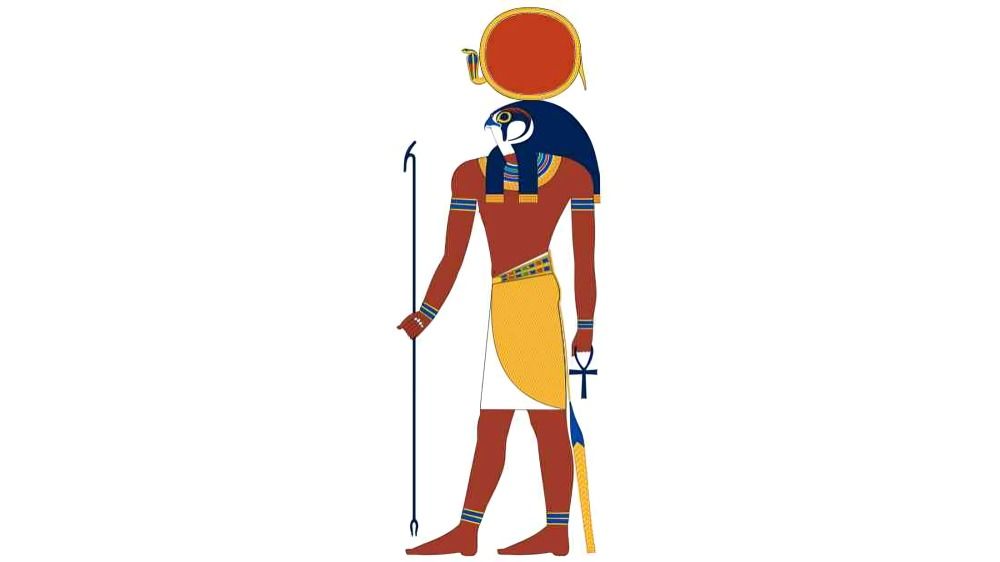
Ra, the sun god, was a central figure in Egyptian religion, symbolizing creation and renewal. His daily journey across the sky and through the underworld represented the cycle of life, death, and rebirth.
Hymns and prayers were integral to worship, used to honor deities and seek their favor. They were recited in temples and during personal rituals, reflecting the importance of verbal devotion. These practices connected worshippers with the divine.12
Major religious sites included the pyramids of Giza and the temples of Karnak and Luxor. These sites were aligned with celestial bodies and served as centers for worship and rituals. 13
The Eye of Horus symbolizes protection, health, and restoration. Often worn as an amulet, it represented Horus’s struggle against evil and his role in safeguarding individuals. This symbol was believed to offer divine protection and healing. 14
Symbols like the ankh, representing life, and the scarab beetle, symbolizing rebirth, were prominent in religious practices. These symbols were used in rituals and personal items to invoke divine favor. They reflected the deep integration of religion into daily life. 15
Egyptians used oracles to seek guidance from the gods, a practice known mainly from the New Kingdom but likely older. People from all social classes, including the king, asked oracles questions. 16
Common methods included observing cult animals, drawing lots, and consulting statues through priests. These practices gave priests significant influence, as they were responsible for interpreting the gods' messages and guiding the people. 17

